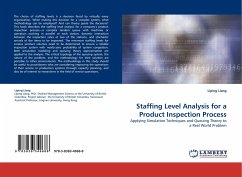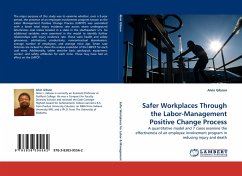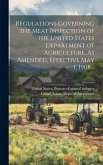The choice of staffing levels is a decision faced by virtually every organization. When making this decision for a complex system, what methodology can be employed? And can theory guide the decisions? This book describes the staffing level analysis for a company s product inspection process a complex tandem queue with machines or operators working in parallel at each station, dynamic interaction between the inspection rates at two of the stations, and stochastic arrivals of the items to be inspected. The minimum staffing levels for various product volumes need to be determined to ensure a reliable inspection system with nearly-zero probability of system congestion. Both simulation modeling and queuing theory approximation are applied to the analysis. The critical topology of the queuing system, the nature of the problem, and the methodology for their solution are portable to other environments. The methodology in this study should be useful to practitioners who are considering improving the operations of their service or production systems through capacity planning, and also be of interest to researchers in the field of service operations.
Bitte wählen Sie Ihr Anliegen aus.
Rechnungen
Retourenschein anfordern
Bestellstatus
Storno








